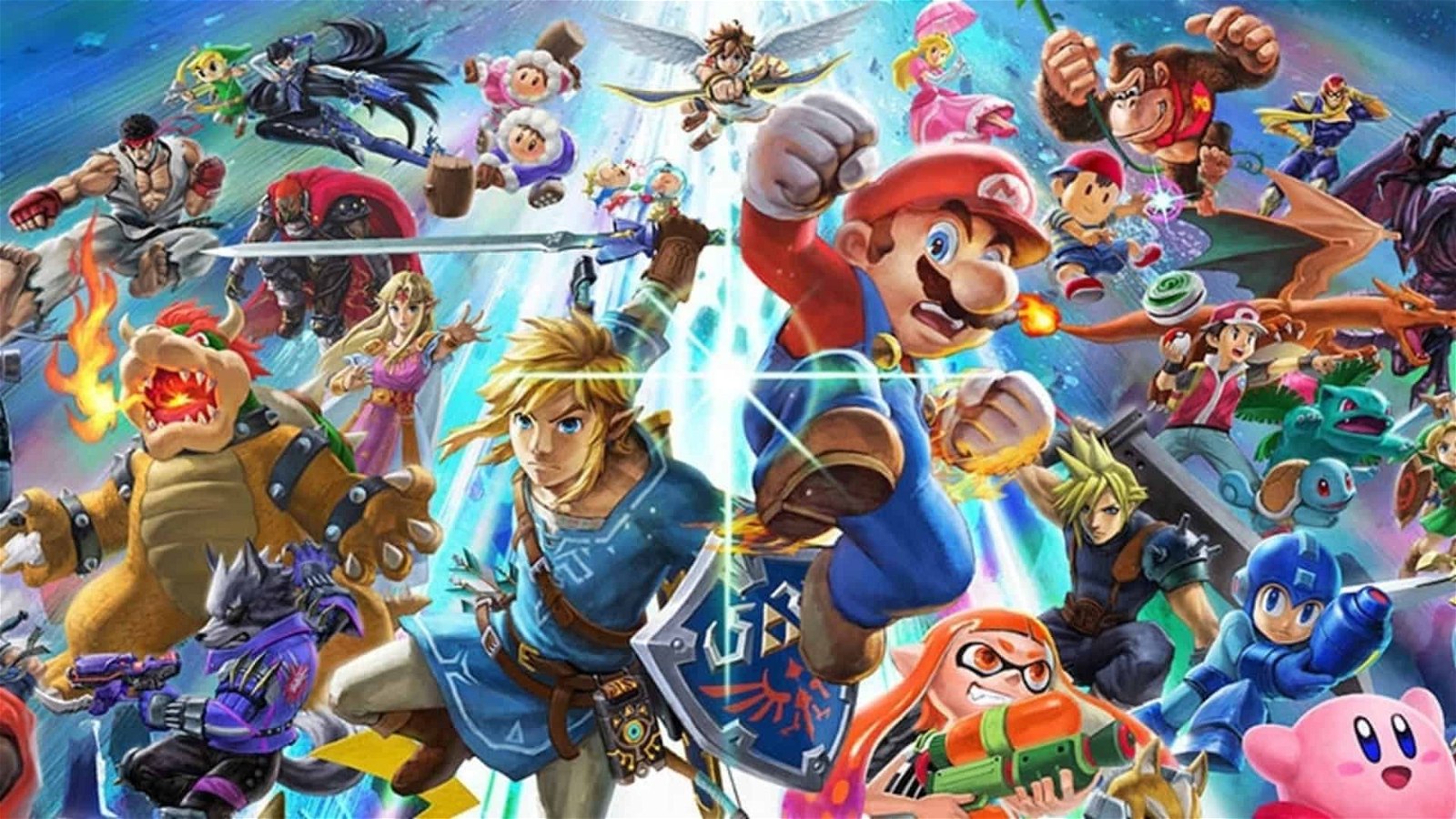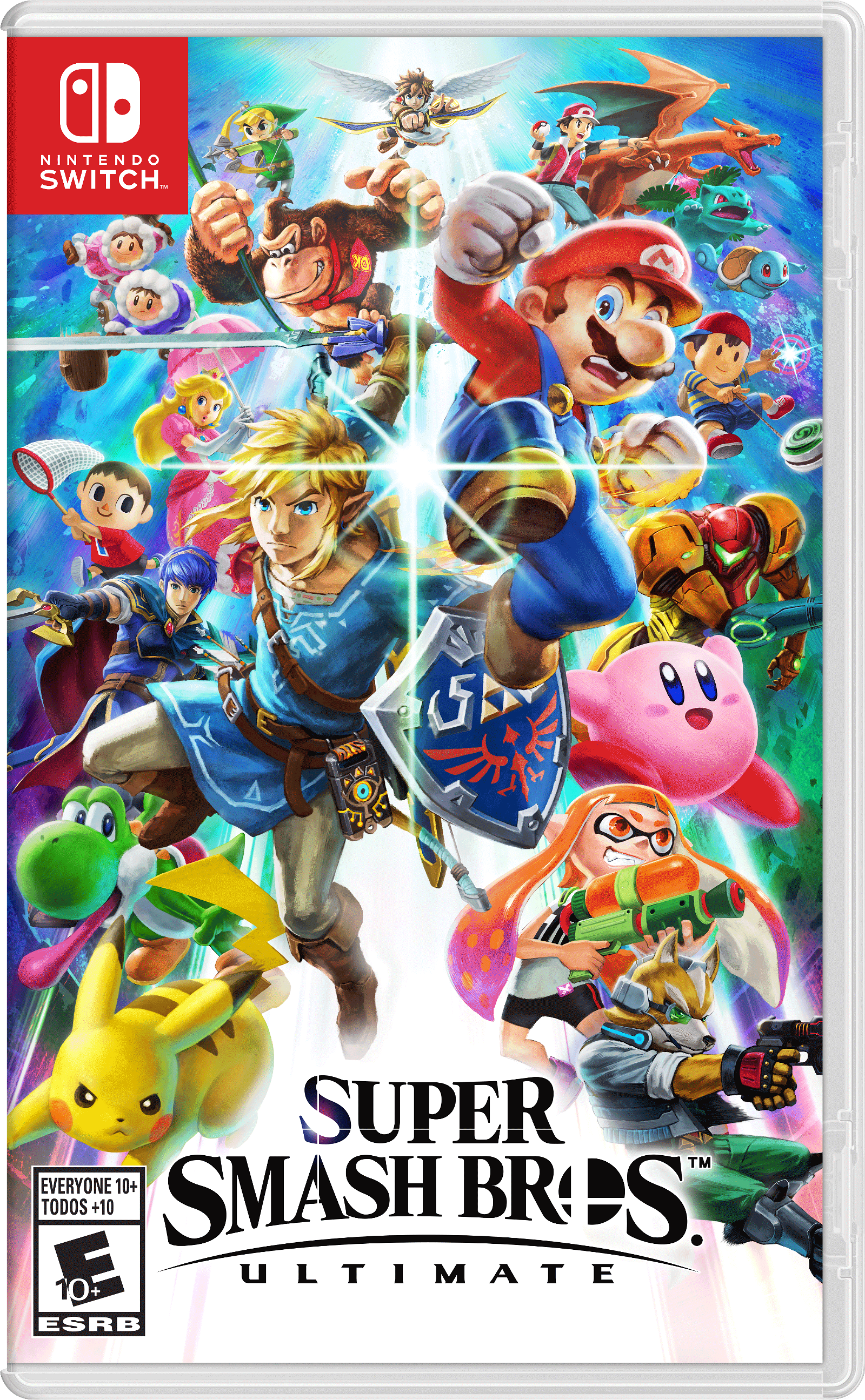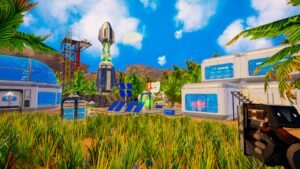Super Smash Bros Ultimate is easily the best entry in the series. I figured I’d get right to the point for this review, seeing how I used up all my best anecdotal-intro material on a previous piece analyzing the Smash Bros series. And I’m sure it seems obvious that the resident Nintendo-boy would sing the praises of another tightly made Smash Bros; but after watching each Direct and playing it twice at demo events, it genuinely impresses me just how much is going on in this game.
To say this is, “the Smash Bros you know and love,” is both accurate and a bit misleading. Smash Bros’ gameplay was so perfectly constructed that there has been little need to alter it in any drastic way. So while the mechanics of combat still remain the same, little touches like the return of directional dodging and revamped physics create a game that feels both like a combination of the best parts of each previous entry, and something completely new.
Aside from the standard Smash, there’s the much anticipated “World of Light,” which serves as the story mode in Smash Bros Ultimate. Unlike Brawl’s “Subspace Emissary,” World of Light is less a succession of fights, capped off by over-the-top cutscenes—actually, it’s quite disappointing how few cutscenes
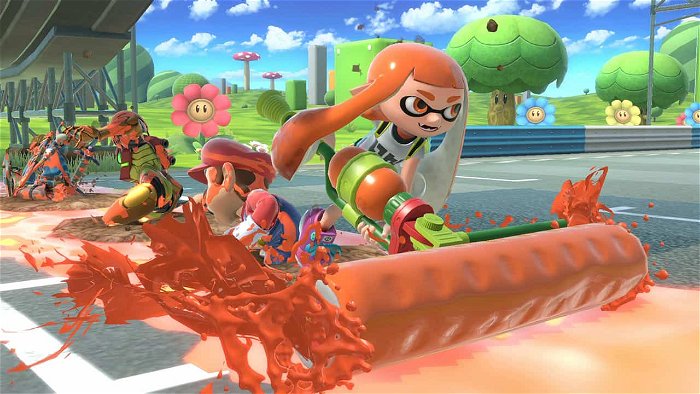
Spirits are represented by fighters from the main roster and the amount of thought and creativity that went into creating these challenges is incredible. A fight against Dreambert from Mario and Luigi: Dream Team had me facing Luigi, the real star of that game; in Magicant, a world of dreams, where touching the floor made
But it’s not simply a collection of challenges. After a Spirit is defeated, players then attain that Spirit which can be equipped for buffs in proceeding fights. These come in both main Spirits, which have either a Strength, Defence, or Technical attribute that can be countered, much like Fire Emblem’s
But what would a review of Smash Bros Ultimate be without discussing the main event: the roster. If you’ve paid even a nominal amount of attention to the game’s advertising, then you know the deal. EVERYONE.IS.HERE. It seems so obvious a concept that characters that appeared in previous entries of the series would show up in future ones, but with rights disputes, hardware limitations, and character redundancies, it makes some amount of sense that certain characters were missing from Smash 4. But all that is in the past; and Smash Bros Ultimate has the most incredible roster in the series’ history.

Of course, there are the newcomers; Inkling is quick and
I still take a bit of umbrage with the “Echo Fighters.” I was particularly annoyed with how many clone-characters took up Smash 4’s roster, and while I
In the audio/visual department, Smash Bros Ultimate is breathtaking, both in handheld and in docked mode. Maps are intricately designed and look amazing in HD; characters are immensely detailed—from their character design to their movements and attack animations, every character feels unique to their origins. But it’s not just the incredible level of apparent design that sets Ultimate apart. The number of little details like Ness’ PK attacks utilizing details from the attack animations in Earthbound on SNES; or how Simon stands posed
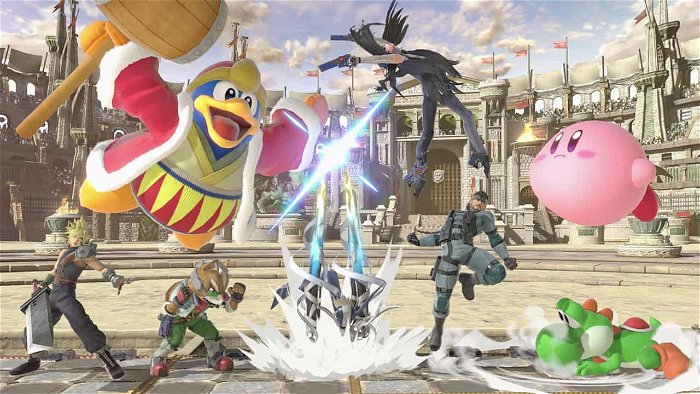
Naturally, the sound design is equally as inspired. Character voices all sound great, and the way certain characters blend updated sounds with classic 8-bit adds a lot to the nostalgia of these characters—I was personally a big fan of how Simon’s whip makes the sound from the NES Castlevania for certain attacks. But it isn’t just
And of course, with the Switch comes the portable nature of Smash Bros and it couldn’t be more perfect. I was actually a big fan of Smash 4 on the 3DS, so much so that I spent more time playing it than it’s Wii U counterpart. The simple yet nuanced design of Smash Bros is perfectly tailored for both newbies and pros alike, and that design makes it perfectly suited to a system like
Lastly, there is of course the much anticipated Online feature of Smash Bros Ultimate. Nintendo’s previous attempts to bring Smash Bros into the modern-era with Online play have been mixed at best. Brawl was an unacceptable mess of wait-times, unbearable lag, and frequent game crashes from host-players dropping out after losing early. Smash 4 fared slightly better, with a simplified matchmaking system, but still suffering from some hit-or-miss connections. I’m happy to say, with Smash Bros Ultimate, Nintendo may have finally gotten how to bring Smash Bros online. To start, the matchmaking system is no longer restricted to “For Fun” or “For Glory,” but fully customizable battles to suit whatever you’re in the mood for. Players can choose between “Quickplay,” which allows them to hop into a game, with the ability to turn on “Preferred Rules”—setting the format from group Smash to 1-on-1, timed or stock, stage form, or choosing items. While this doesn’t guarantee every fight will play out in your preferred way, it does try to prioritize finding matches with similar rules.
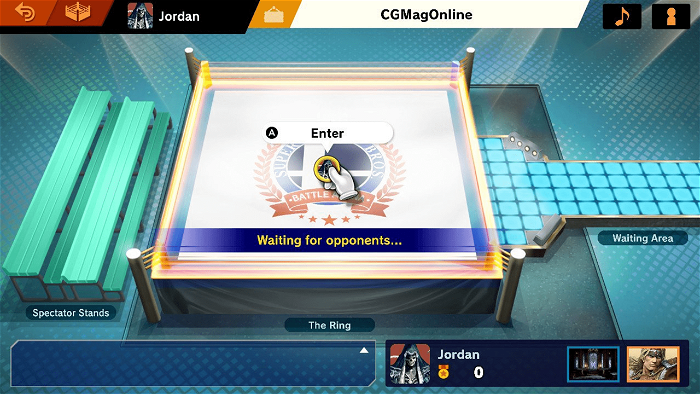
Also, there are Battle Arenas, where players can create rooms for other fighters to join and participate in. This mode has a bit more flair and community settings, as players are placed in a lobby where they can either spectate, or get in line if a battle already taking place. The range of rules to be set are a lot more robust than Quickplay, allowing players to set a skill level, format, and even player rotation. Also, while playing in Battle Arenas, players can chat with each other via the Nintendo Mobile App. Last but not least, Smash Bros Ultimate includes a “Background Matchmaking” mode, where players are able to play other modes while they wait for an online battle to be found.
Honestly, I was genuinely worried that Nintendo might drop the ball again with Smash Bros Ultimate’s online, considering their less than stellar track record with online play—especially now that Nintendo Online is a paid service. But Nintendo really seemed to bring their A-game here; of all the games I played, every one connected fast and had little to no lag or connection issues. Smash Bros Ultimate seems to be prioritizing player freedom which I imagine will play very well with the professional Smash community.
However, it isn’t a completely perfect experience. For starters, there is no way to change characters in Quickplay without quitting back to the lobby; so if you wanted to challenge a worthwhile opponent to a rematch and use a character you might be better with, you’re out of luck. Also—and this is owed more to Nintendo’s whole system than Smash Ultimate itself—but there’s no way to conveniently invite friends to games, or join Arenas they might be in; even the Nintendo App doesn’t help much. While these are annoyances, they really don’t detract from the online in significant ways, and hopefully Nintendo will resolve these issues with a later patch.
I’ll be honest, when I first saw the initial teaser for Smash Bros Ultimate, I never believed it would be a from-the-ground-up new game. Nintendo had
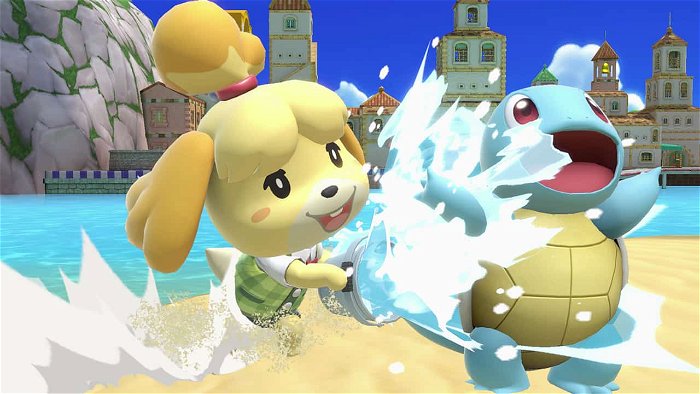
Seriously, the sheer amount of content to be found within this game is staggering. From the roster to the stages; the music, the
